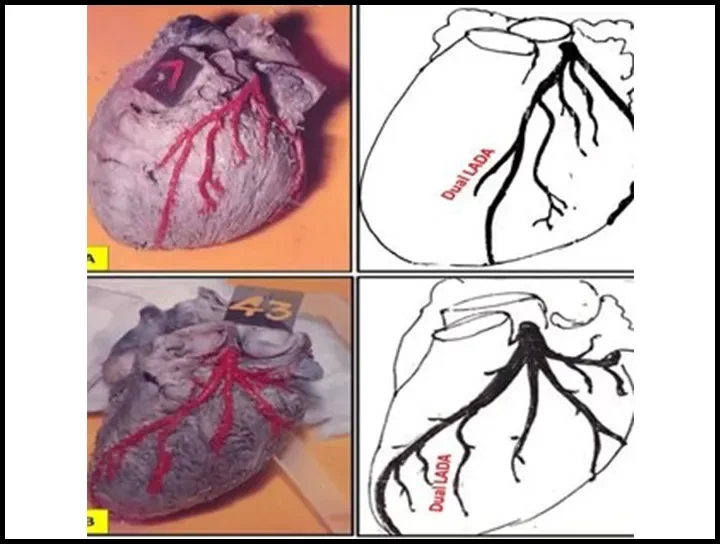
Cardiovascular disease (CVD) is one of the leading causes of mortality worldwide. According to World Health Organization, 17.5 million people died of cardiovascular disease in 2005, in developing countries contributing to 80%. In 2010, Cardiovascular disease is projected to be the leading cause of death in developing countries with coronary heart disease (CHD) predominating. Between 1990 and 2020, coronary heart disease mortality is expected to increase by 120% in women and by 137% in men in developing countries. It is estimated that the annual number of deaths caused by cardiovascular disease in developing countries will rise to 11.1 million in 2020. The stress on need for detailed study of coronary disease is further emphasized by the fact of early age of cardiovascular disease deaths. The branching structure of vascular system has been the subject of much discussion and debate since it was first suggested that these systems have fracial architecture. Coronary artery of human heart and their branching characteristics have been the subject of particular attention among researchers. Coronary artery anomalies are a diverse group of congenital disorders whose manifestations and pathophysiological mechanisms are highly variable. The subject of coronary artery anomalies is undergoing profound evolutionary changes related to the definition, morphogenesis, clinical presentation, diagnostic workup, prognosis and treatment of these anomalies. According to Engel (1975), 1-2% of patients studied by selective coronary arteriography, one or more major elements of the coronary arterial system originated from the sinuses of Valsalva in an ectopic manner. The majority of variations involved the left coronary artery. The failure to recognise variations in coronary arterial origin can prolong arteriographic procedures and lead to errors in interpretation of coronary artery anatomy and pathology. Though a number of recent techniques namely Electron Beam Computerized Tomography (EBCT), 64 slice CT and intravascular ultrasound have been introduced, selective coronary arteriography remains the clinical “Gold Standard” for evaluating coronary anatomy. The performance of high quality coronary arteriography safely defining each and every coronary stenosis in an optimal view is an important measure of an operator’s skill in cardiac catheterisation which emphasizes the importance of complete knowledge of coronary artery anatomy.


No Any Replies to “Branching pattern of Left Coronary artery”
Leave a Reply